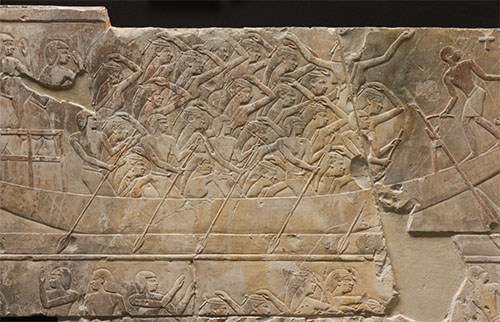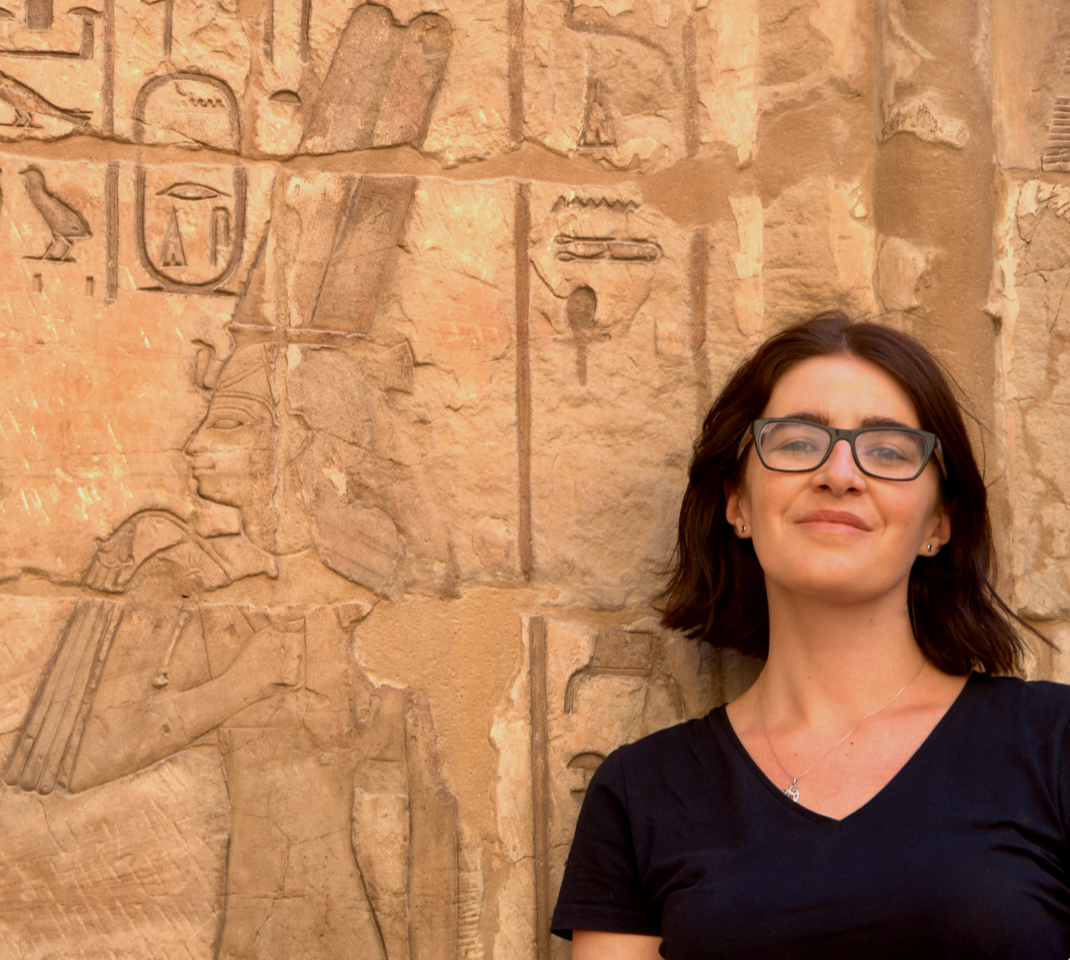
This paper demonstrates that the Late Period artists did not simply copy scenes from older tombs. Instead, they created new compositions by using the same organising principles and creative practices as their predecessors, by consulting ‘pattern books’ and ‘figure typology books’.
They also had the knowledge of how to convey emotions in mourner scenes through several iconographic devices: different postures for different members of the funeral entourage; a close relationship between kinship, posture and accompanying text; gender segregation or mixture; figure overlap; change of body or face direction; tears; and hair and clothes dishevelment.
The artists combined these devices in different ways, according to their skills, wall space, need to complete the tomb decoration faster, and wishes of the monument owners. The resulting scenes conveyed and possibly elicited emotions from the ancient tomb visitors, while fulfilling the main goal of supporting the monument owner’s transition into the afterlife.
About Atena Ungureanu
Ungureanu
Atena Ungureanu completed her PhD at the University College London (UCL) in the UK, with a focus on the decoration practices in elite monuments of the Late Period.
She has taught at universities in the UK, USA, and Colombia. In 2021 she was a visiting research scholar at Yale University, researching gender, race, and intersectionality, as well as pursuing pedagogical training. She holds an MA from UCL and obtained a bachelor’s degree in Cairo, Egypt. Her recent fieldwork includes the analysis and recording of scenes in the Theban areas of Asasif, Medinet Habu, and Karnak.